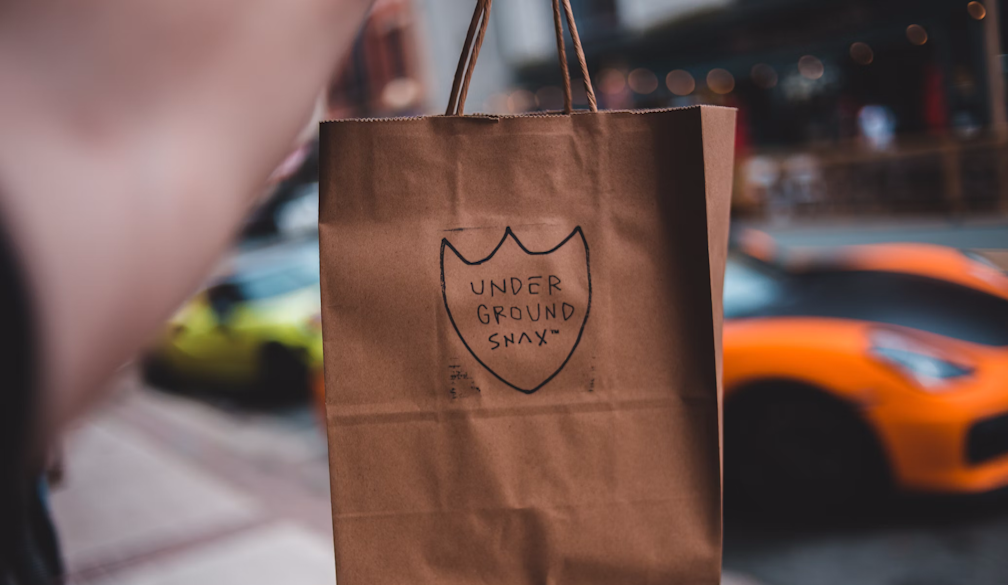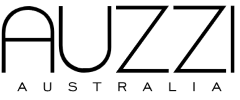The Power of Promotional Bags for Branding and Marketing

In today's competitive business world, companies are constantly searching for innovative ways to market their brand and build lasting relationships with customers. One effective yet often overlooked tool in promotional marketing is the use of promotional bags. These practical and versatile items serve as more than just giveaways; they’re an investment in brand visibility, customer engagement, and long-term advertising. In this blog, we’ll explore why promotional bags are a powerful tool for businesses and how they can enhance your marketing strategy.
What Are Promotional Bags?
Promotional bags are customized bags that feature a company’s logo, slogan, or message. They can come in various forms, including tote bags, backpacks, eco-friendly bags, and messenger bags. The idea behind these items is to provide customers with something useful while simultaneously promoting a brand. When businesses give out promotional bags, they not only offer value to their customers but also create an opportunity for increased brand exposure.
Why Choose Promotional Bags for Marketing?
There are many reasons why promotional bags are a top choice for marketing campaigns. Let’s take a look at some of the key advantages:
Durability and Longevity
Unlike flyers or brochures that can be discarded after a brief glance, promotional bags are designed to be durable. They are practical items that people use regularly, whether for shopping, traveling, or carrying personal items. This means your logo or branding will be seen frequently, giving you prolonged exposure and reminding customers of your brand over time.
A well-designed promotional bag can last for months, even years, depending on the quality of materials used. This longevity gives your brand repeated visibility and helps create long-term brand recognition.
Wide Reach
One of the standout features of promotional bags is their ability to extend your reach. Every time a person carries your branded bag, they are essentially offering free advertising. Whether it's at the grocery store, in a public park, or at a community event, your brand can be seen by a diverse audience. This type of organic promotion is invaluable, as it reaches potential customers outside of your usual advertising channels.
Environmentally Friendly Choice
In recent years, there has been a growing emphasis on sustainability. Promotional bags made from eco-friendly materials, such as cotton, jute, or recycled plastics, allow companies to promote their brand while also aligning themselves with environmental responsibility. By choosing sustainable materials, you show your commitment to reducing waste and supporting eco-conscious values. Customers who are environmentally aware will appreciate your efforts, which can improve their perception of your brand and encourage loyalty.
Customization for Brand Identity
Promotional bags offer a great deal of flexibility when it comes to customization. You can design a bag that fits seamlessly with your brand's colors, logo, and overall aesthetic. This customization ensures that your promotional bags are instantly recognizable and aligned with your brand identity.
Consider your target audience when designing these bags. For example, a company in the outdoor industry might opt for rugged backpacks or cooler bags, while a beauty brand may choose sleek, stylish tote bags. The options are endless, and choosing the right design for your audience can help reinforce your brand’s message.
Cost-Effective Advertising
In comparison to traditional advertising methods like television or print media, promotional bags are a cost-effective marketing tool. They allow businesses to reach a wide audience without the hefty price tag associated with other forms of advertising. With the right amount of creativity and planning, businesses can produce promotional bags in bulk at affordable prices, making them accessible for companies of all sizes.
Furthermore, promotional bags often have a higher perceived value than other promotional products like pens or keychains. People are more likely to keep and use a bag that serves a practical purpose, meaning your brand gets more exposure for the investment.
How to Use Promotional Bags Effectively
To maximize the impact of your promotional bags, here are some strategies to consider:
Events and Trade Shows
Trade shows and business events are prime opportunities for handing out promotional bags. These events attract a large number of potential customers, making them the perfect venue to distribute your branded bags. Not only will attendees appreciate receiving something practical, but your brand will gain exposure to a relevant and engaged audience.
Customer Appreciation Gifts
Another effective way to use promotional bags is as part of a customer appreciation initiative. Whether it’s for loyal customers or those who make large purchases, gifting a branded bag can leave a positive impression. It shows that you value your customers and want to provide them with something useful. This can strengthen customer loyalty and increase repeat business.
Online Sales or Subscription Boxes
If you run an e-commerce store, consider including promotional bags as part of a special offer or as an added bonus in your subscription box service. This adds value to your customers’ purchase and gives them a useful item they can carry around, which will continue to advertise your brand.
The Bottom Line
Promotional bags are more than just a giveaway; they are a marketing asset that can help your brand stand out, engage with customers, and gain long-term exposure. Their durability, wide reach, and customizable nature make them a great investment for businesses of all sizes. Whether you're at a trade show, hosting an event, or simply want to show appreciation to loyal customers, promotional bags are a practical, effective, and affordable way to keep your brand in the minds of consumers.
When chosen thoughtfully and used strategically, promotional bags can help reinforce your brand identity, extend your marketing reach, and ultimately support your business’s growth.




























